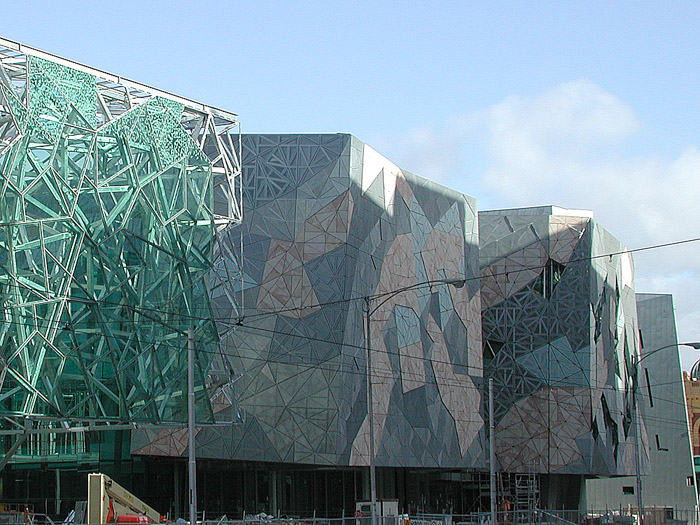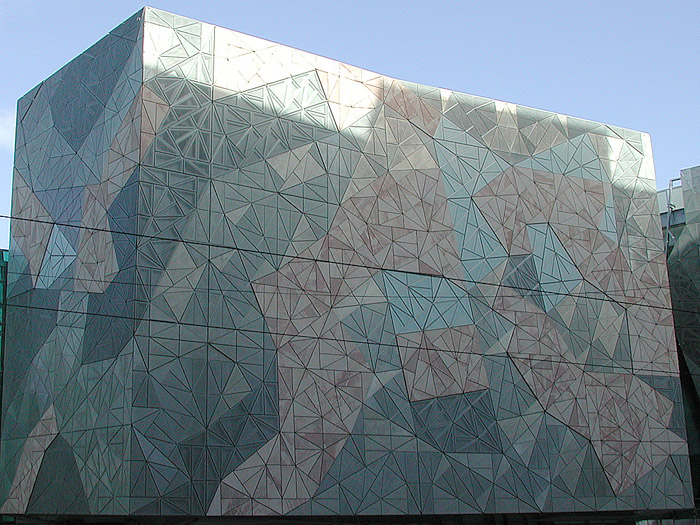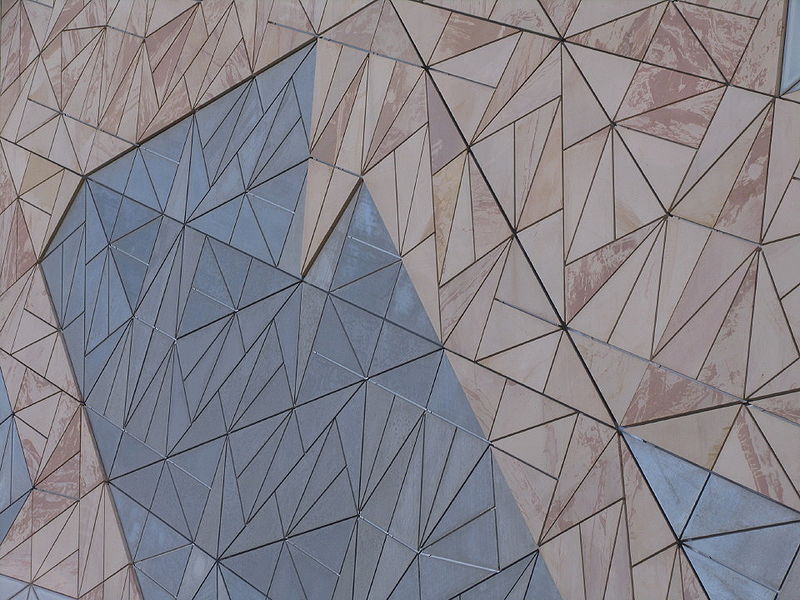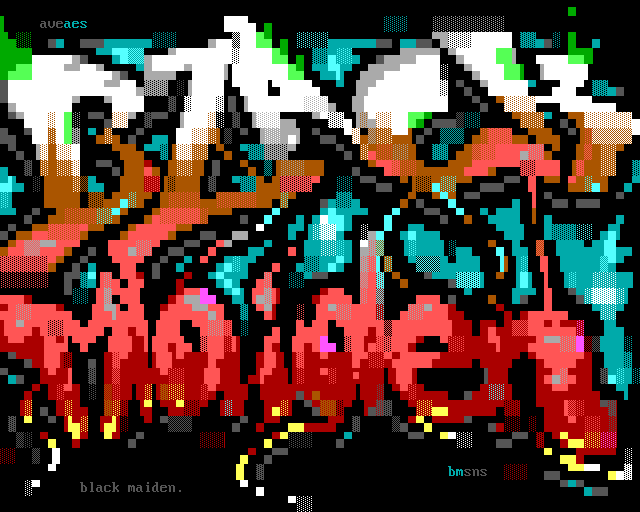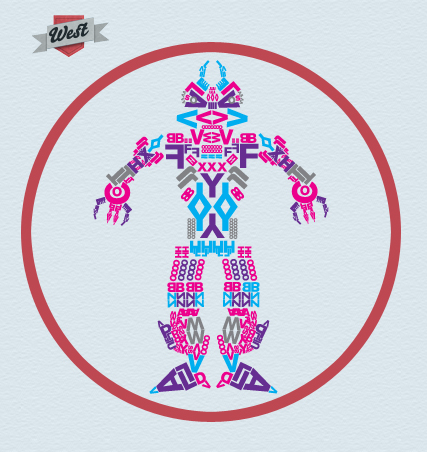Federation Square (2002), a building complex in Melbourne, Australia by Charles Radin and John Conway. It features pinwheel aperiodic tiling – the first known non-periodic tilings to each have the property that their tiles appear in infinitely many orientations. Via.
Tag Archives: Australia
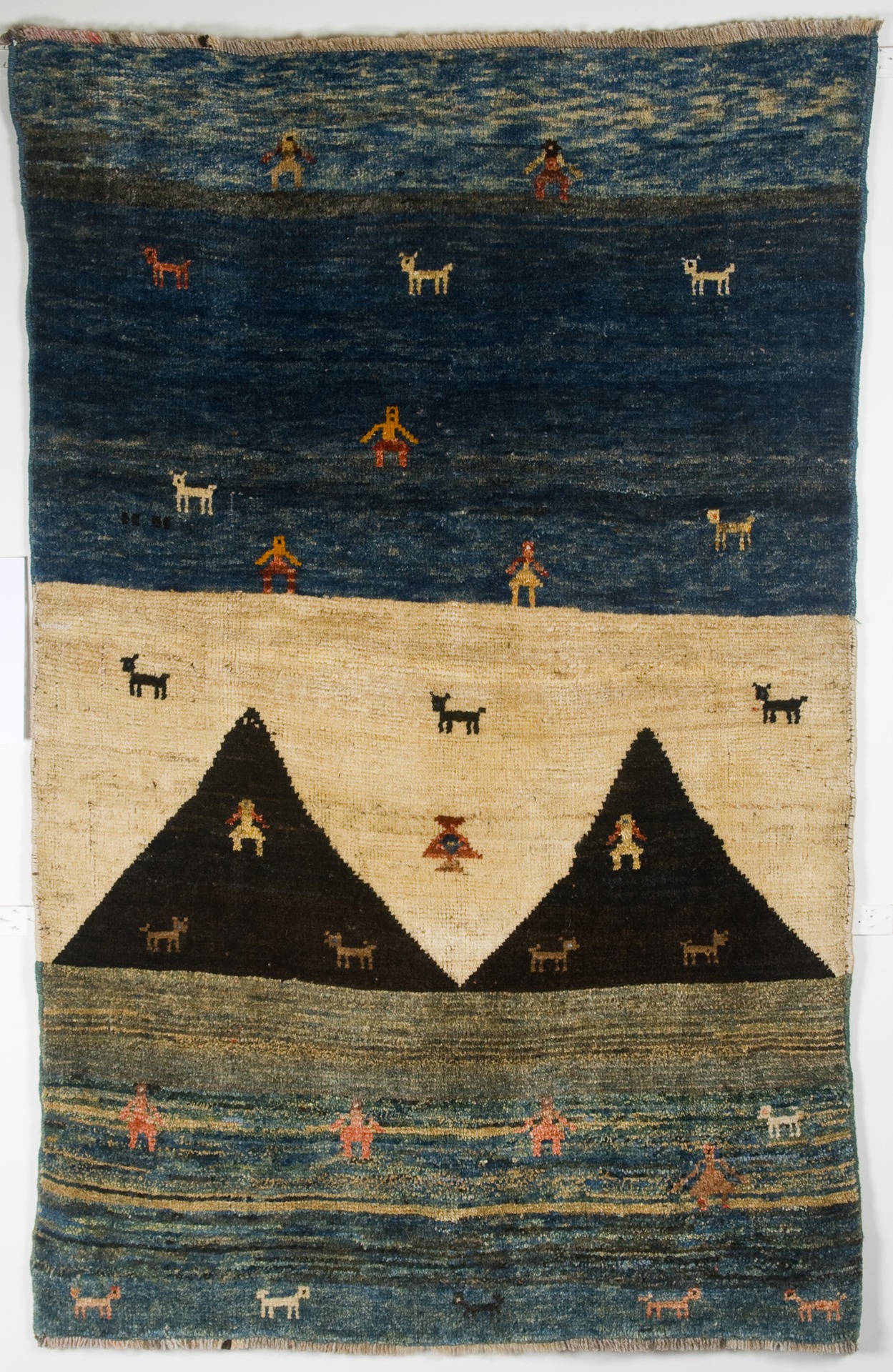
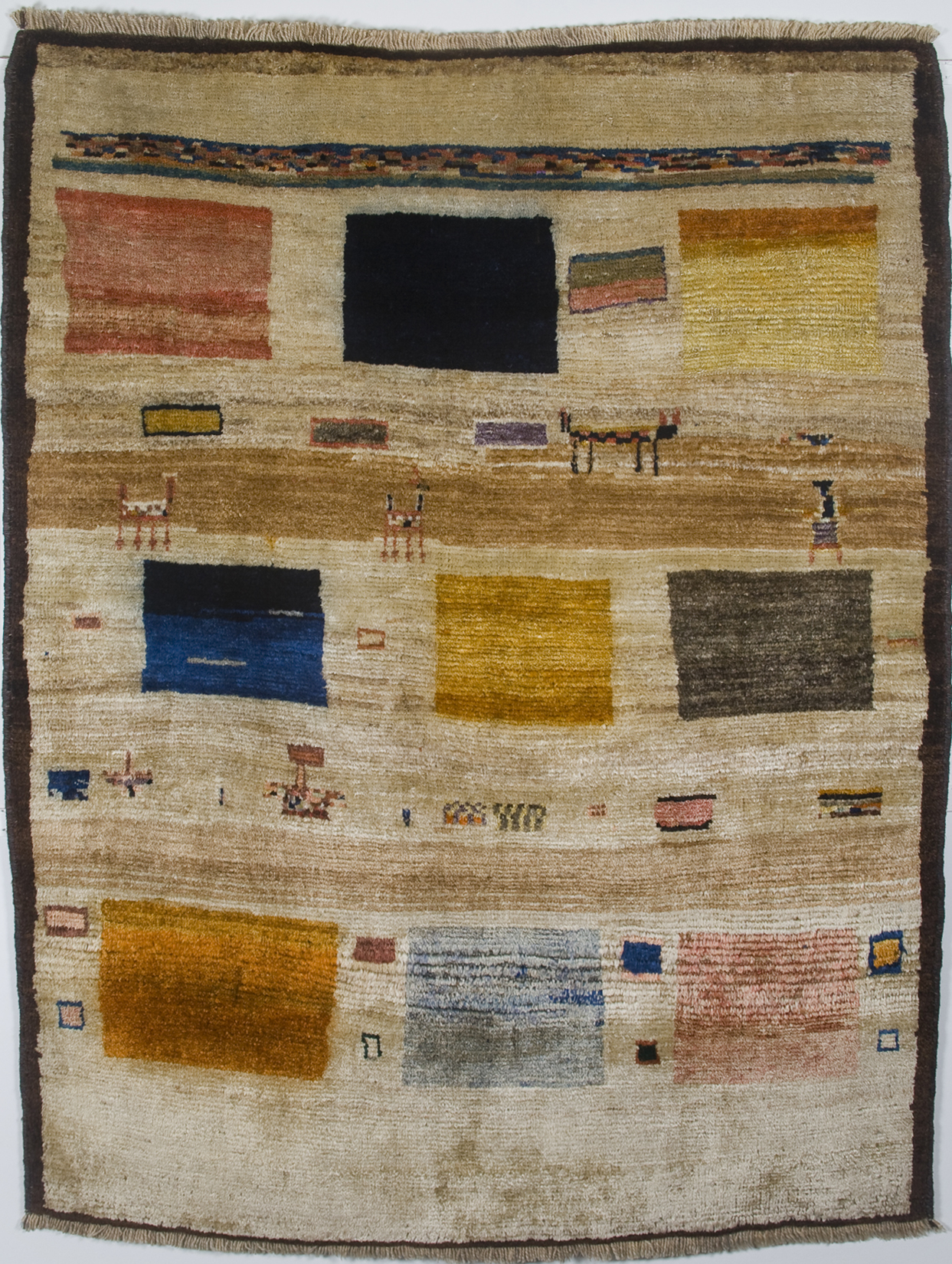
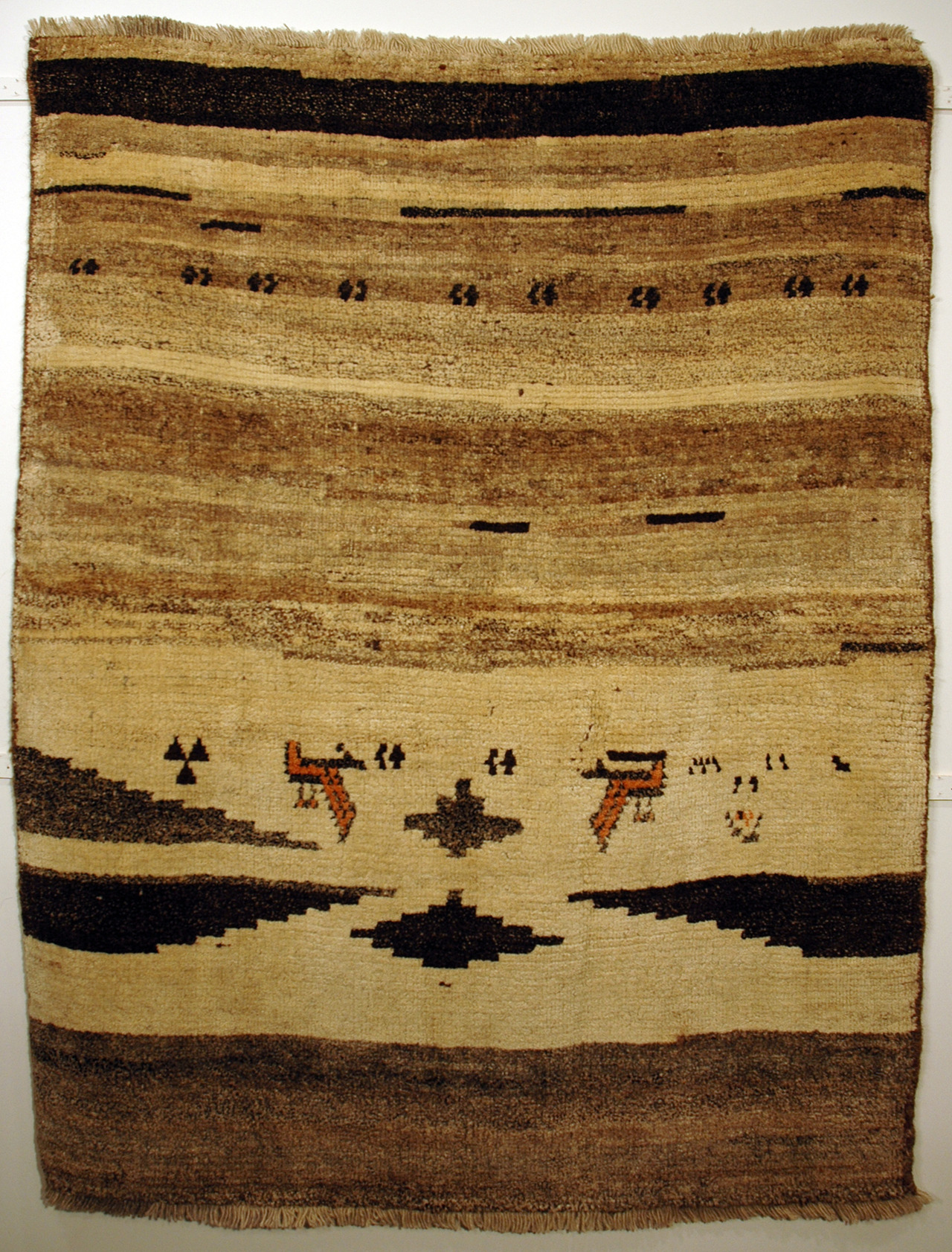
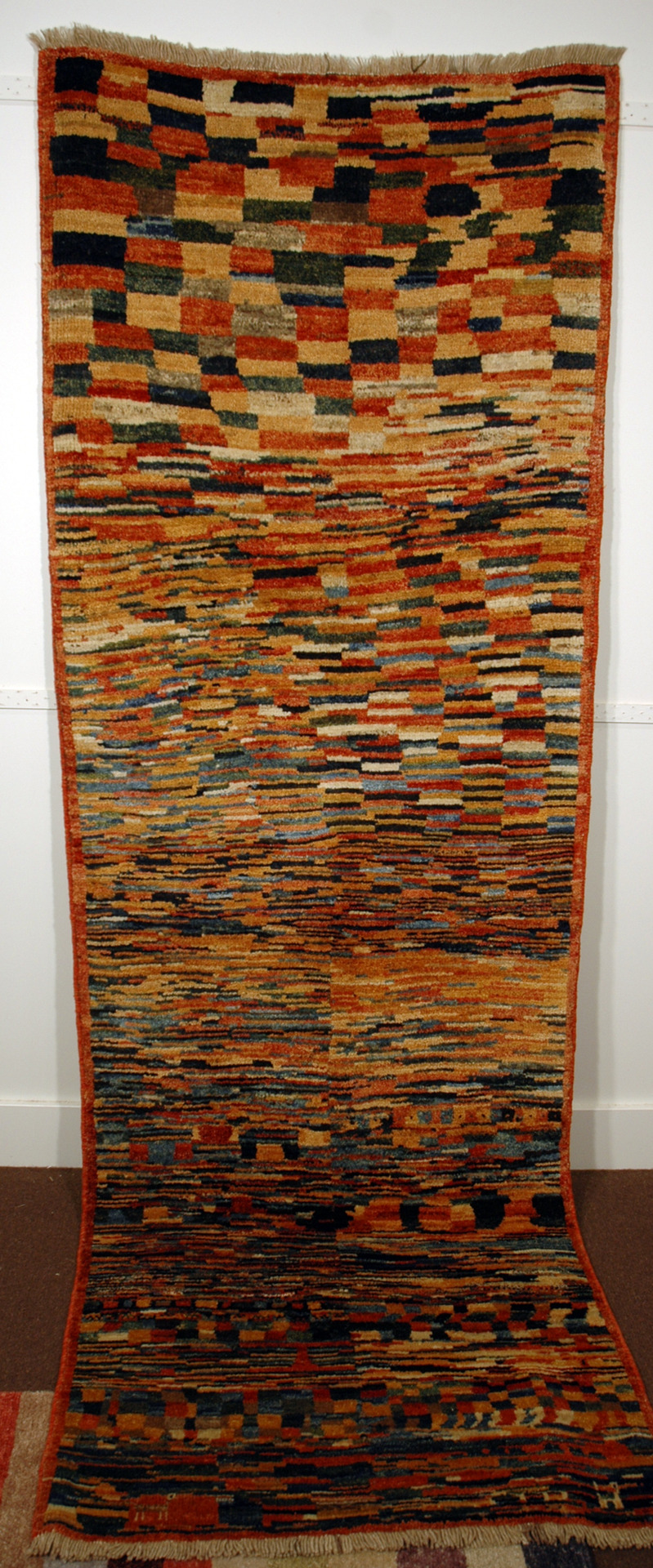


Oh no, more gabber! Following up the previous post, here is more Gabbeh carpets by Behruz Studio. You can see how Gabbeh shares a lot with textmode, compared to other Persian carpet styles that are more like pixel-based pattern art.
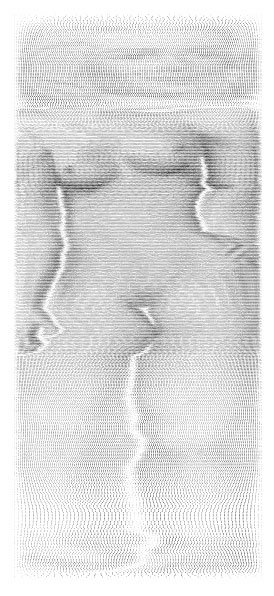
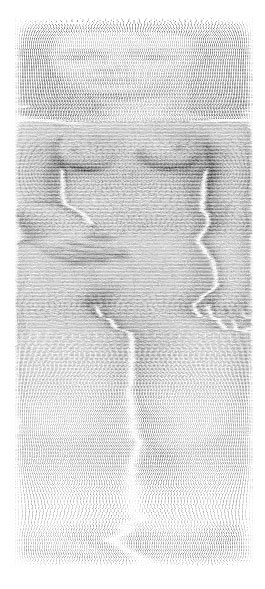
Women by Andrew Hurle, 2001. Every line is force justified (filling the whole width), which gives the rectangular form of the bodies. Shown at the Darren Knight gallery.
Typographic Abstracts by Andrew Hurle, 2000.
The series below have been typeset, then reduced to create a low magnification, screen impression. They represent an extreme approximation of the ASCII figures as they have been abbreviated within a short serial edition: photo > text > screen > print. At this end of this series, the figures become completely abstract, depicting line and paragraph blocks rather than individual letter shapes.

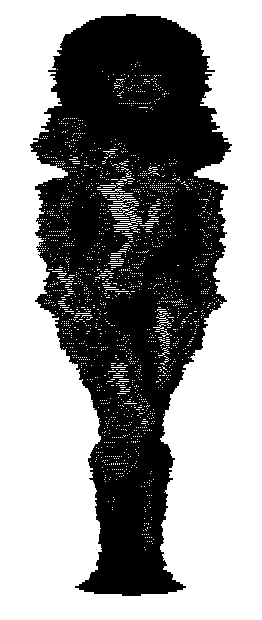



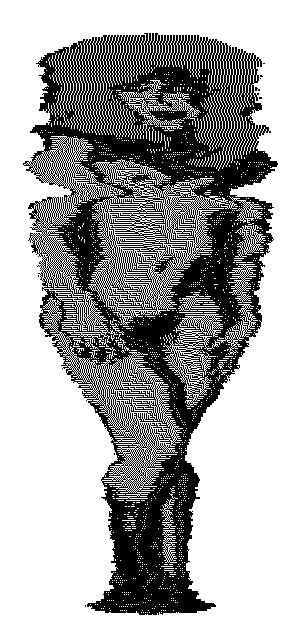







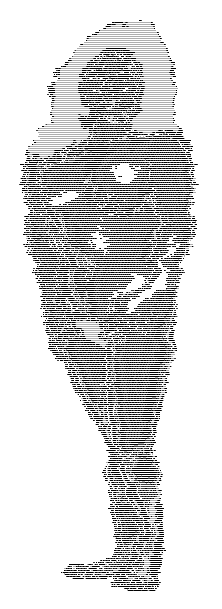




Eighteen Types by Andrew Hurle. Photos of Tokyo bar girls converted to ASCII, and mangled. See the full collection on the artist’s website.
Each of these two women are represented as an ASCII image set in nine different typefaces and has been magnified from an image captured from the computer screen.
Perhaps this was made around the same time as his other ASCII-related works, ca 2000. This post was updated in 2024.
By Hillary Jayne (aka Hillary Holt) for the Font-bot project where two designers build robots with characters from a few fonts.
Updated in 2024

